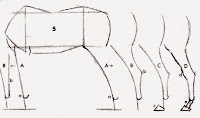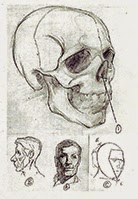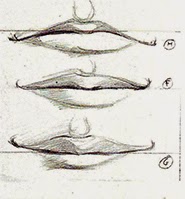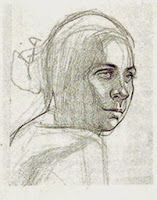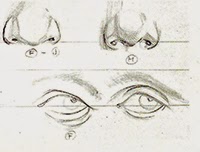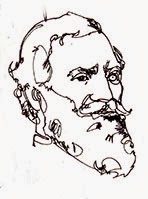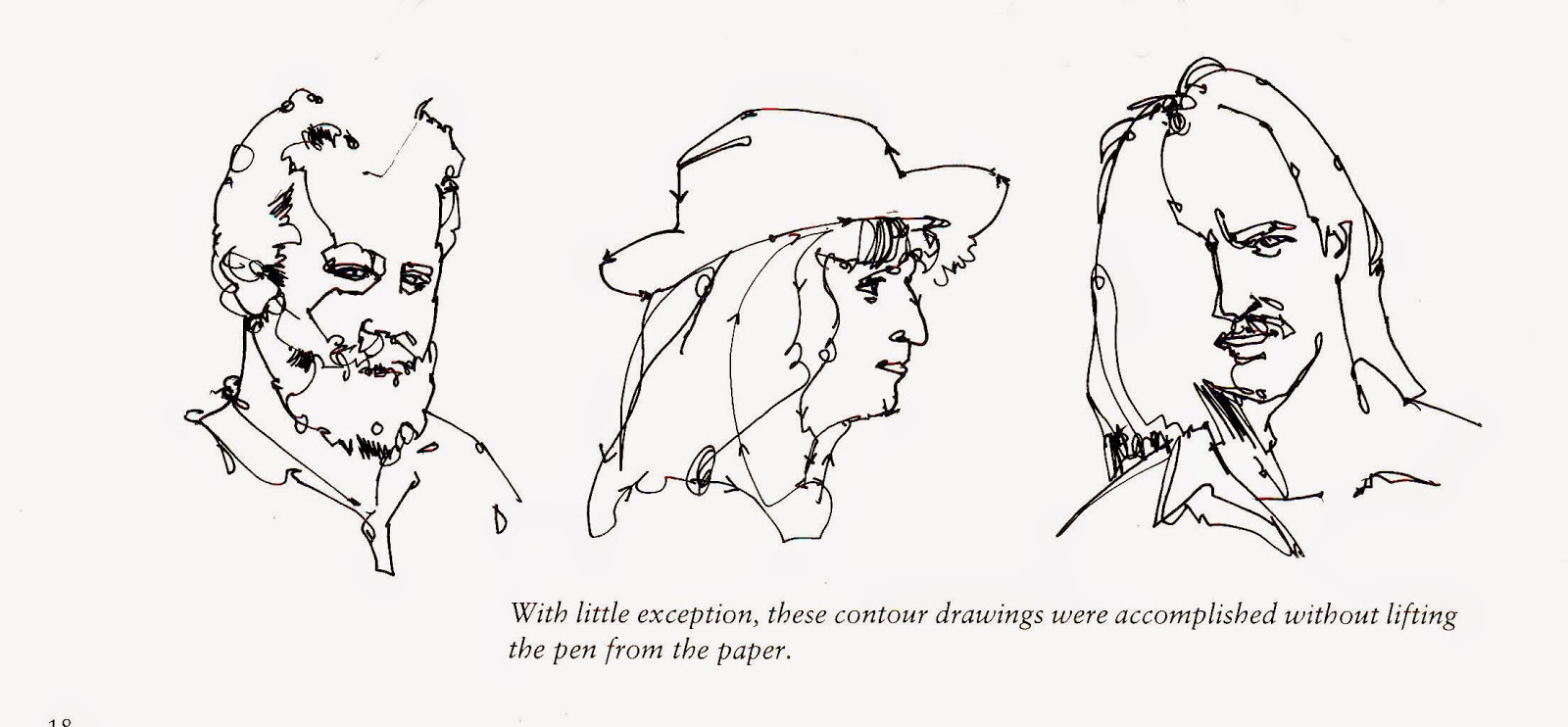Advertisement
2. About midway in the front find the shoulder point (a). Topping the two verticals will be the withers (b) and the apex of the hips (c).
3. Add the breast line (a), the belly line (b) and the buttocks line (c).
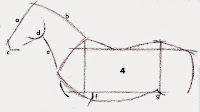
4. Sketch the neck and head (a-e). In many horses the neck is not too much longer than the head (see upper right diagram).
Establish me elbow (f) and stifle or patella (g).
The back one should angle out more than the one in front and should be more curved. Add two fetlock knobs (a).
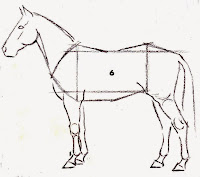
6. Add a few finishing touches, keeping the final concept simple. Try several drawings until they look right.
In D-front fish knee (d), and in D-back find the hock (d). Also, connect the fetlock with the hoof by two short parallel lines (e).
This approach to drawing a horse's foot will save infinite trouble later on.
Study the enlargement E and F.


